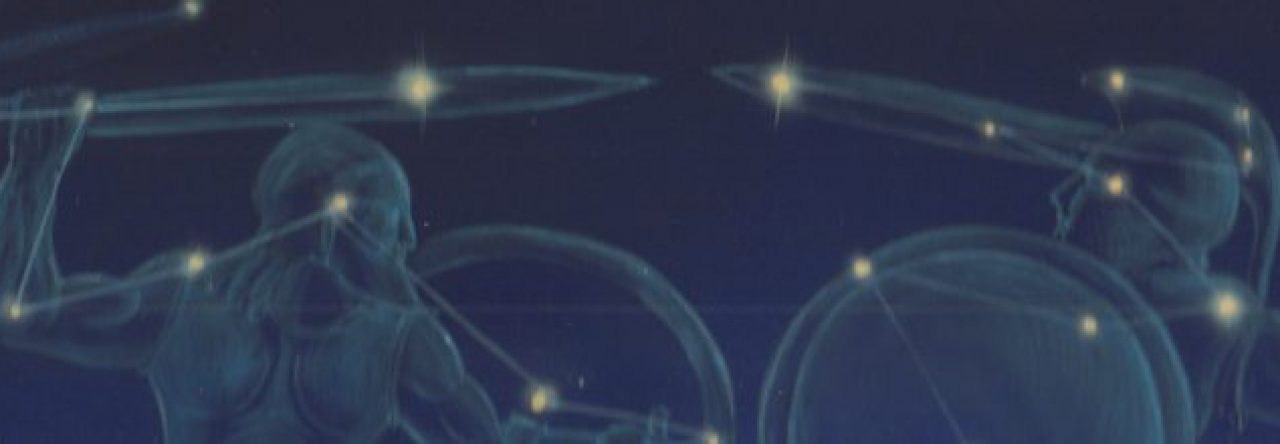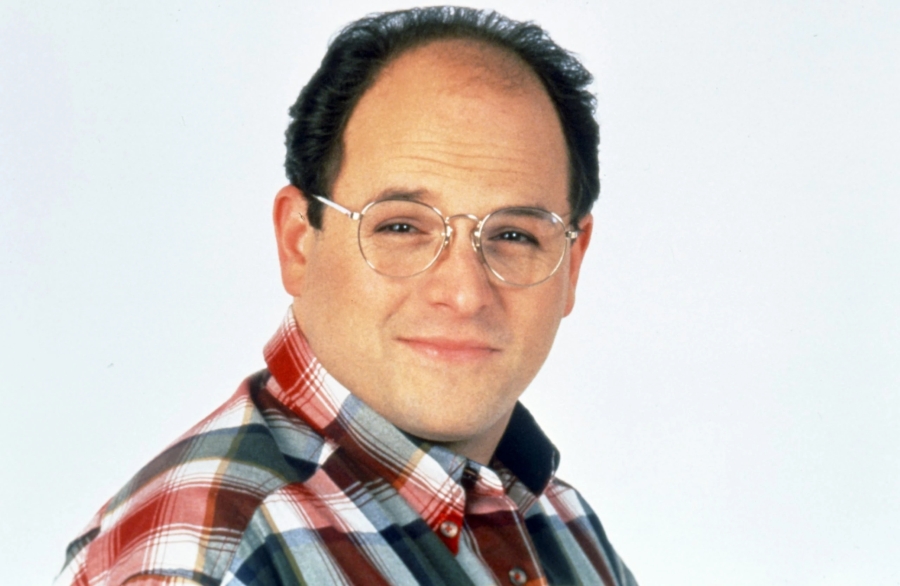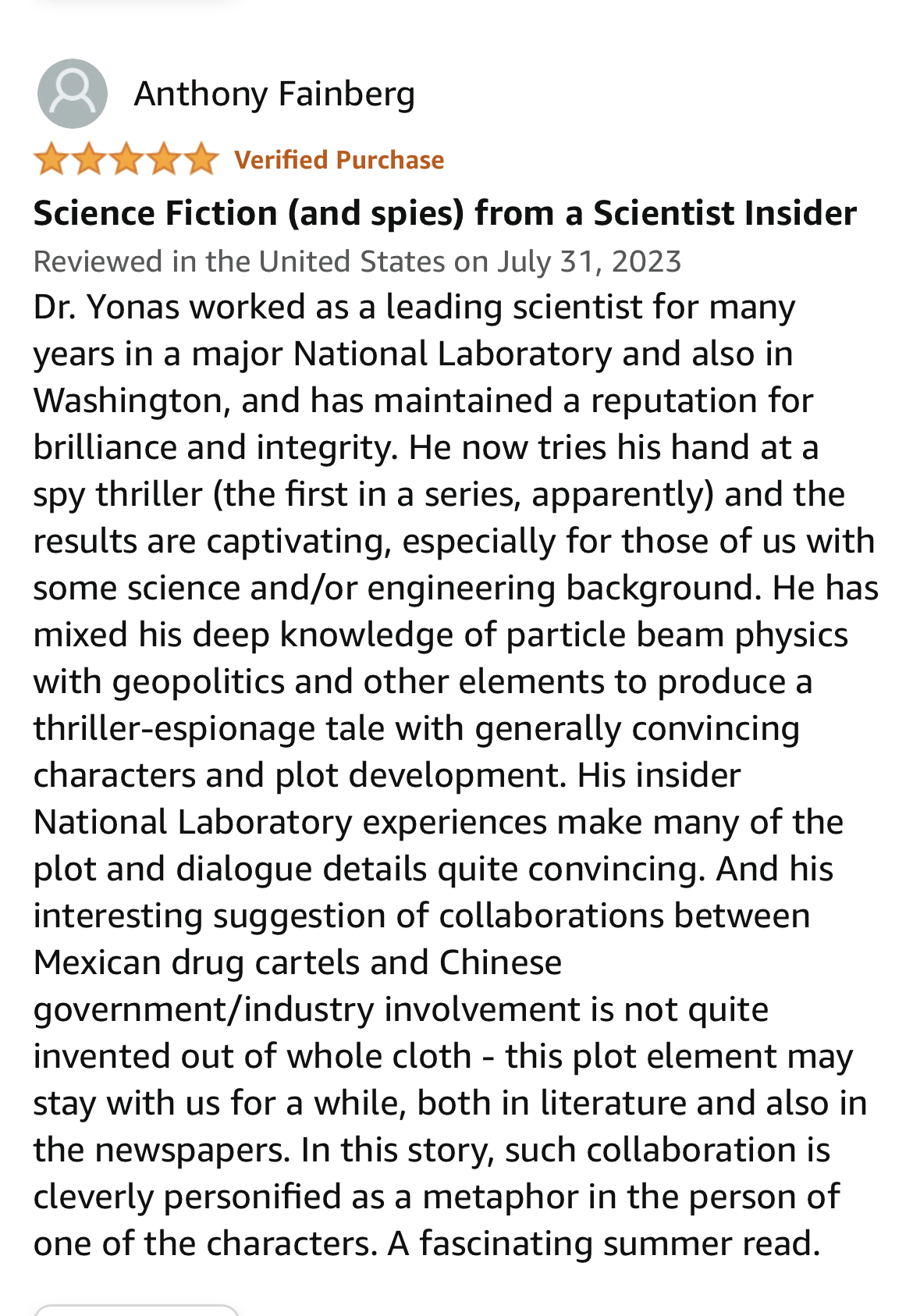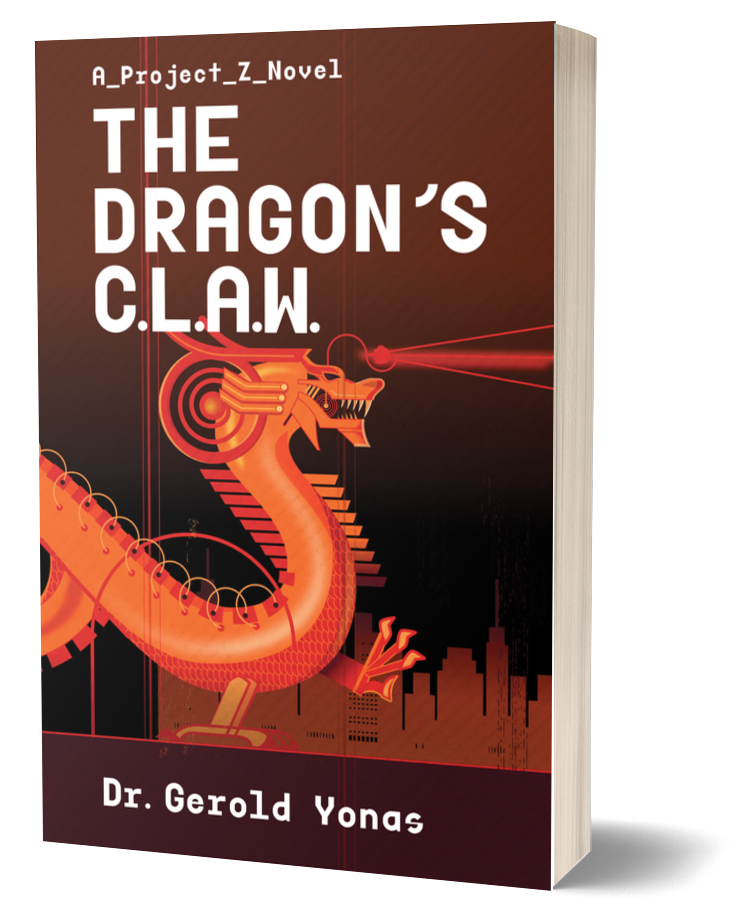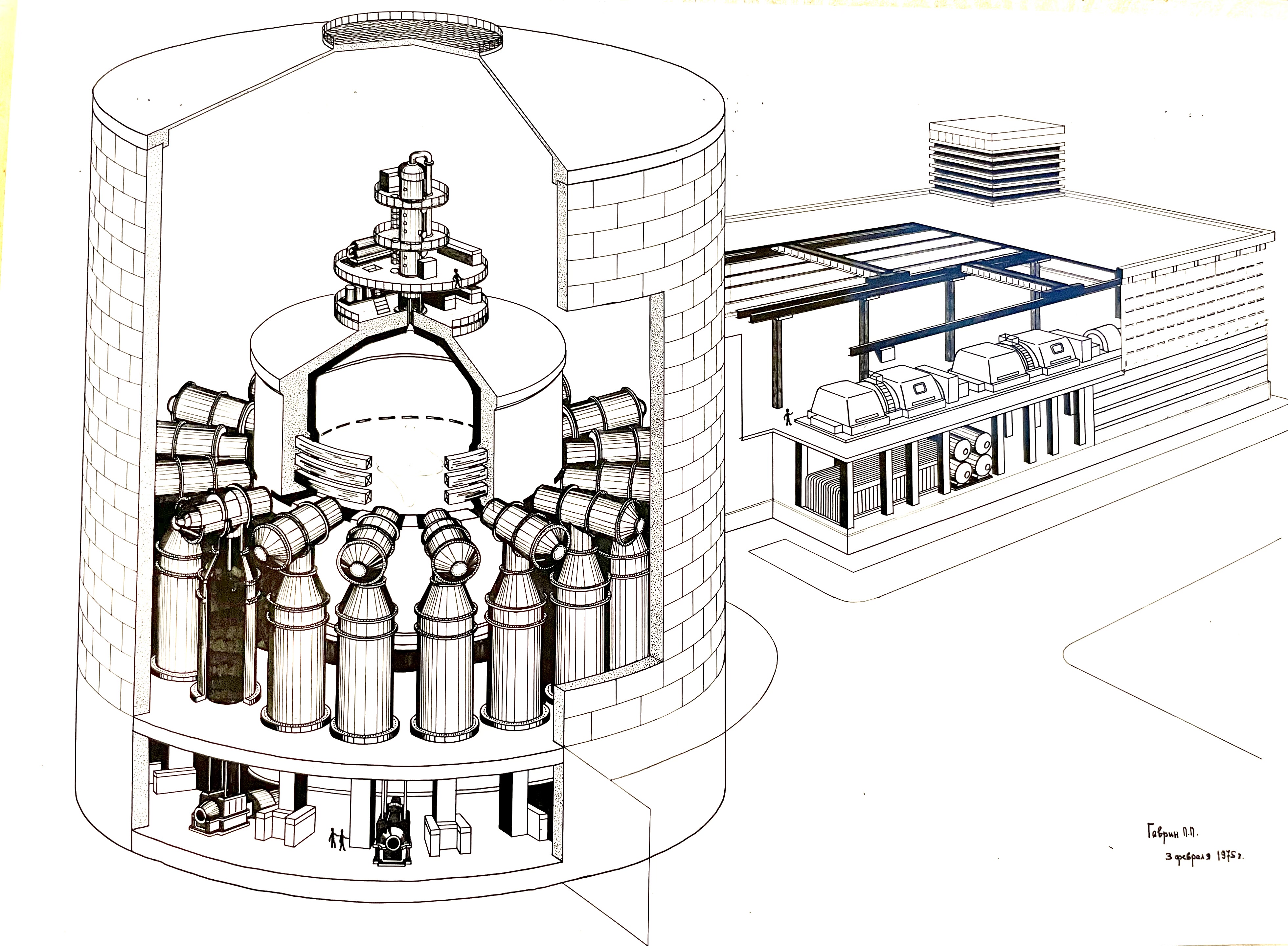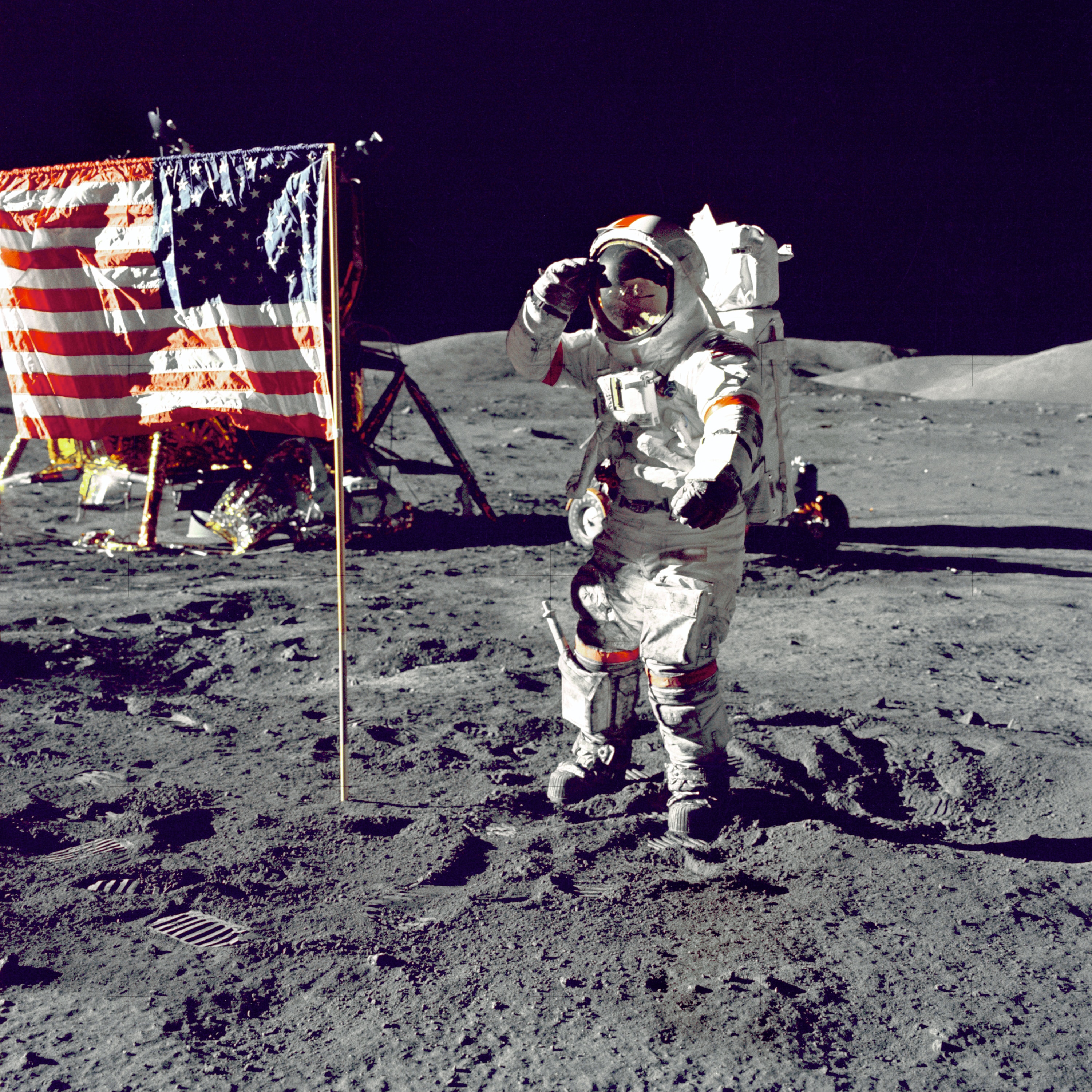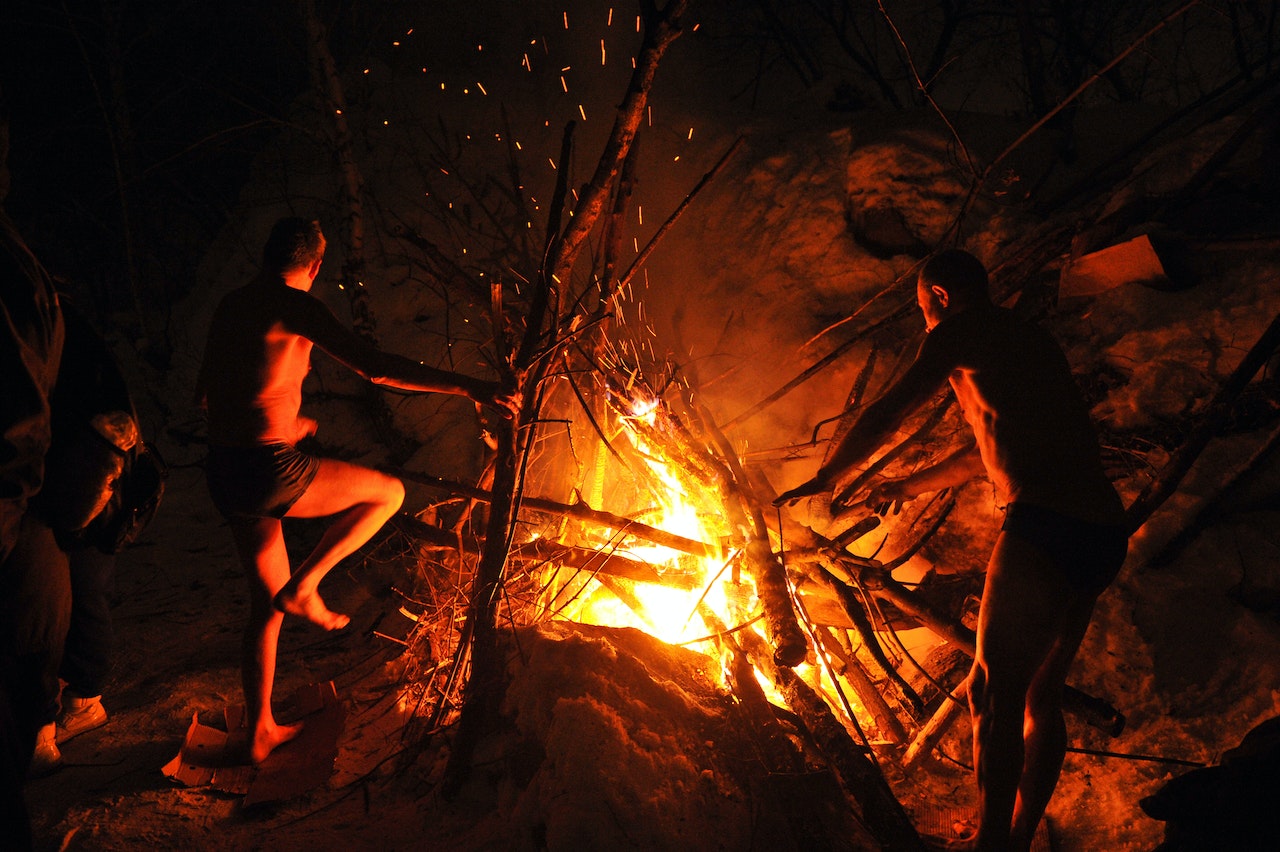Special Counsel Jack Smith recently presented an indictment of Donald Trump accusing Trump of attempting to overthrow the 2020 presidential election using techniques that Smith described as: dishonesty, fraud, and deceit. Trump’s legal defense was immediate, namely that Trump was not lying and really believed what he was saying. This can be called “The Costanza Defense” from the comedy Seinfeld, namely “if you believe it, it is not a lie.”
This defense is rather clever since it requires that the prosecution convince the jury that Trump was not sincere about his belief in the stories told to him by his legal team—individuals that the indictment labeled as coconspirators. So now the arguments are all about the sincerity of the defendant. The opportunity for the defense attorneys is to claim that Trump was really sincere in his claim that he was not lying, but he really believed what he was told by the very reputable attorneys that he was paying with big bucks. And I think his defense is going to win, or at least persuade one member of the jury, if the prosecutors do not understand the difference among truth tellers, liars, and bullshit artists. I learned about this subtle distinction from the 2005 book “On Bullshit” by the Princeton philosophy professor Harry G. Frankfurt.
Frankfurt explained that both truth tellers and liars know what is true and what is false, and they really are sincere in their beliefs. On the contrary, he explains that BS artists could care less about the truth, but only care about telling stories to win over their audiences. Frankfurt explains that a really accomplished bullshit artist is able to tell the false story often enough, consistently enough, and forcefully enough that the audience can be totally convinced, and no argument would convince them otherwise.
The loyal followers of Trump really believe that the BS artist is sincere in the believability of his story, and they will defend the false arguments even if they contradict simple logic. I am sure a really good BS artist can convince at least one member of the jury that Trump really believes the story that he is innocent of any crime. Frankfurt explained that the capability of the accomplished BS artist “does not reject the authority of the truth ……he pays no attention to it at all,” but if he convinces the audience, namely in this case, the jury, or at least one member, that he is sincere in his BS, they won’t convict him. Frankfurt ends his book with the disturbing conclusion that “sincerity itself is bullshit.”
As it is said in TV commercials, but wait there is more……and there are lots of highly paid defense lawyers working on adding to the BS. The latest is that Trump’s claims were only aspirational and not really serious lies. One lawyer even said no reasonable person would even take such claims seriously. Maybe Trump was just kidding? So, for completeness, let’s review the
BS arguments that I am sure will be repeated often enough:
1.If you believe it, it is not a lie. 2.But what about that laptop? 3. My lawyers told me. 4. The deranged Special Council is really out to get you, not me, and I will protect you, and 5. I was only kidding.
So what I am suggesting is that the prosecution will have a very tough time convincing the jury that one of the most accomplished BS artists of all time is not sincere when he claims, “But what about somebody else, and that laptop…..I am just a gullible victim of despicable advisors, and I believed what my lying lawyers told me, so convict them, not me, and you can believe every perfect thing I tell you…..believe me…..and I am sincere….believe me….I am not a liar…..trust me.”
